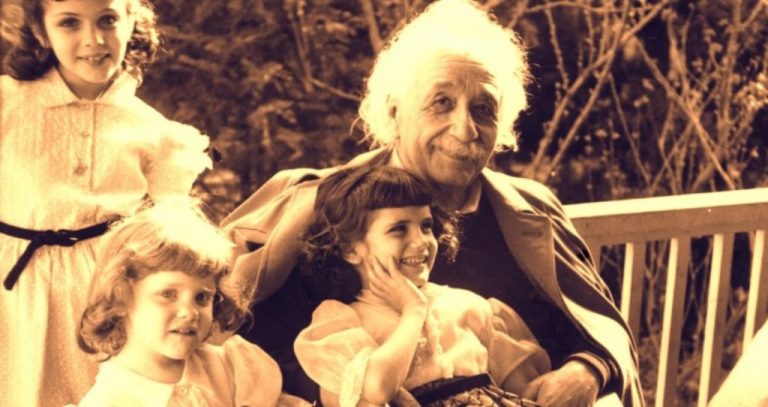Abraham Ortelius is the man credited for producing the first modern atlas, Theatrum Orbis Terrarum (Theater of the World) in 1570. He was a Flemish cartographer, a trained engraver, and a geographer. He was influenced by his friend, Gerardus Mercator, whom he met at Frankfurt Book Fair in 1554 and became interested in map-making which later became the major thing among other things that the world will remember him for.
Who Was Abraham Ortelius? – Biography
Ortelius belonged to an influential Catholic family in Augsburg which was suspected to have joined the Protestant movement at that time. His father had three children including him but died in 1535 so that Abraham and his siblings were raised by his uncle Jacob van Meteren (who was previously in exile). As a result, he also became very close to his cousin, Emanuel van Meteren, who was a Flemish historian and consul. Ortelius opened a shop where he sold books and antiquary managed by himself and his sister.
Education
Abraham Ortelius was born in Antwerp which was then part of the Habsburg Netherlands but now modern day Belgium on 14 April 1527. He did not acquire much in terms of formal education, probably as a result of the death of his father while he was still of a tender age. He studied Mathematics, Latin and Greek as a youth and apprenticed as an engraver of maps which gained him entrance into the Antwerp Guild of Map Illuminators in 1557.
He is often considered as one of the founders of the Netherlandish School of Cartography and one of the most notable figures of the school in its golden age (1570s–1670s).
Early Career
Ortelius began his career as a map engraver, probably without even noticing it. Trained as an engraver in 1554, he set up his business where he deals on book and antiquary. In 1559-1560 he accompanied his friend, Mercator, on his cartographical expedition through Trier, Lorraine, and Poitiers. It was during this trip that Mercator convinced his friend to not just engrave and color other people’s maps but to become a cartographer in his own right. Hence, steering his interest in map making.
He traveled around Europe selling books, prints, and maps. This inspired the beginning of his work as a compiler and publisher of maps. His map business can be said to be the reason for his unusually extended trips to Germany, England, Italy, and particularly his annual visits to the great fair at Leipzig.
Works
Apart from his work on the first modern atlas, the Theatrum Orbis Terrarum, he compiled maps of the world (1564) on a heart-shaped projection, of Egypt (1565), and of Asia (1567). He published the Thesaurus Geographicus in 1587, which embodies considerable value as a dictionary of old geography. Even more important than the dictionary is the appended catalog of maps (Catalogus auctorum tabularum geographicarum), which has in it the names and works of ninety-nine cartographers who lived before 1570.
Ortelius published in 1575 his Itinerarium per nonnullas Galliæ Belgicæ partes, which contains a lot of important information as to the geography of Belgium. One of the fruits of his persistent effort as a collector of archaeological specimens or items was his pamphlet: Deorum, Dearumque Capita ex veteribus numismatibus (1575), which contained some reproductions from his vastly admired archaeological collection.
Abraham Ortelius is credited with being the first to observe the geometrical similarity between the coasts of the Americas and Europe-Africa, proposing the theory of continental drift as a reason for it. Among his many other works are his contributions to cartography and geography.
Death
Ortelius, after his numerous achievement and contributions to humanity, died on June 28, 1598, in Antwerp. It can be said that he was so subsumed in his works that he did not have room to think of marriage and children. Hence, he did not get married and did not have any children. He spent most of his life in his hometown of Antwerp where his mother and sister, Anne, lived as they were his only family.
He was buried at St. Michael’s Abbey in Antwerp and was greatly mourned by all and sundry. His tombstone famously reads, “Quietis cultor sine lite, uxore, prole” which translates to, “served quietly, without accusation, wife, and offspring”.
Abraham Ortelius will forever be remembered as the creator of the first modern atlas and for proposing the idea that the continents were all previously together before drifting apart to their various different location (Continental Drift).

